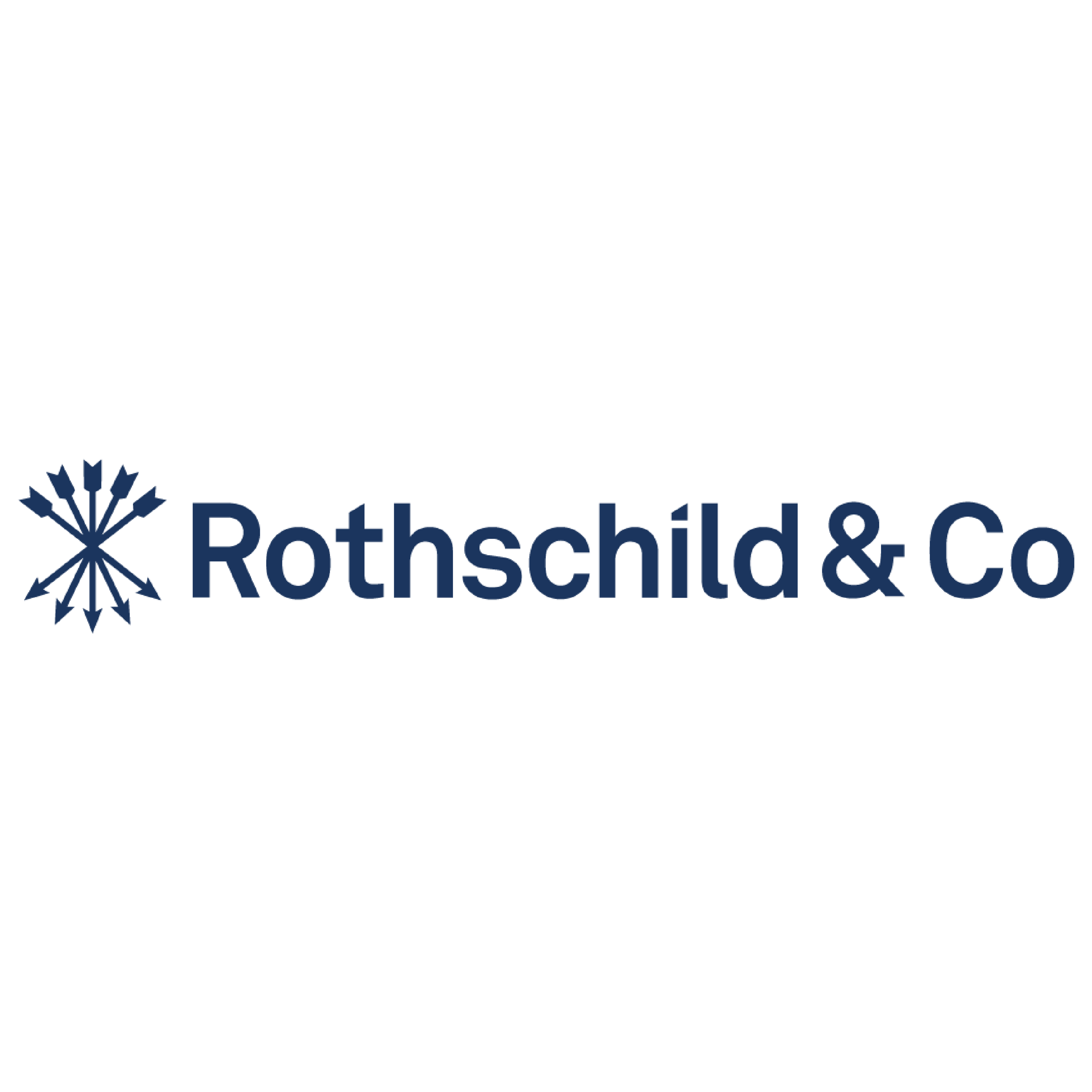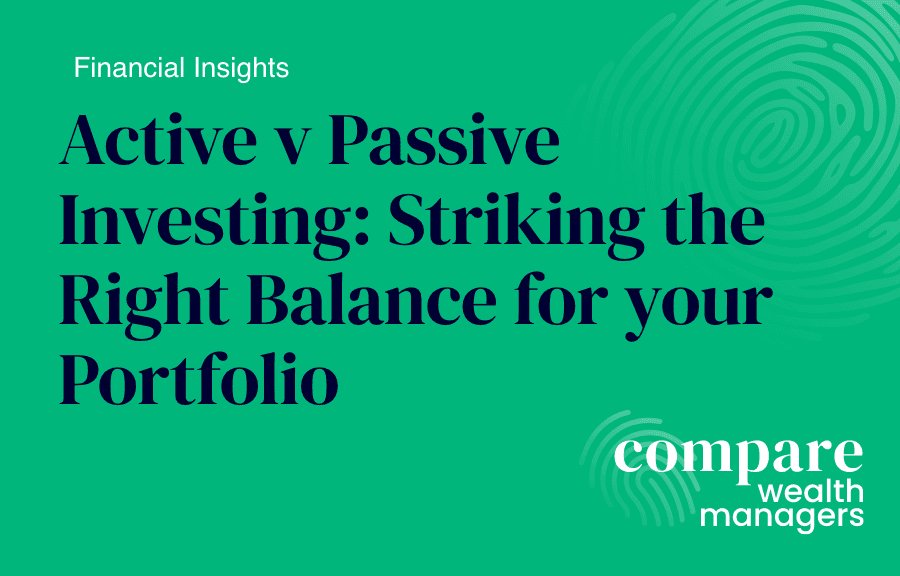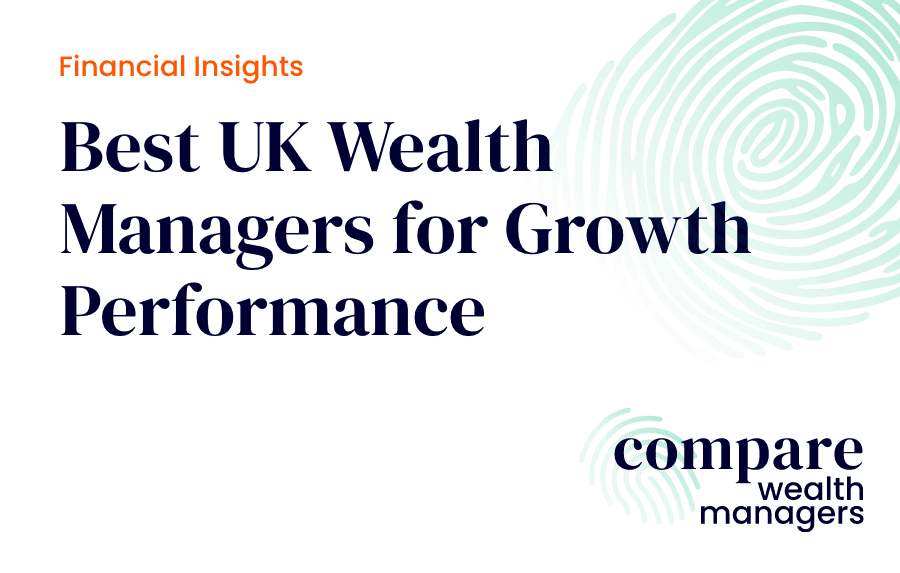Key Takeaways
The article benchmarks how Top Performing Wealth Managers in the UK have navigated market shocks, recoveries, and policy shifts over the past five years.
Growth portfolios combine equities, bonds, and alternatives, but strategies vary, helping explain the performance differences between Best Performing Wealth Managers in the UK.
Major forces such as the COVID-19 rebound, inflation and rate hikes, and geopolitical instability have shaped outcomes, rewarding managers with diversified and flexible approaches.
The rise of private markets has become a hallmark of many leading UK firms, as managers expand beyond bonds and equities to enhance long-term returns.
Past performance is no guarantee of future results. Market conditions change, and so does manager performance. What worked over the last five years may not work in the next five.
In a world where market volatility has become the norm, investors seeking stability and steady growth face a delicate balancing act. This article dives into how top discretionary wealth managers in the growth risk category have performed over the past five years, illustrating the strategies they used to manage inflation, rising interest rates, and geopolitical shocks while maintaining a strong focus on wealth protection.
Compiled by Managed Portfolio Indices (MPI), the analysis reveals the collective strategies of leading managers who’ve mastered the art of preserving wealth through turbulent cycles, proving that caution, when applied wisely, can still deliver meaningful growth. For these rankings, we have used MPI data sets 5 years up to Q2 2025.
What is a Growth Portfolio?
Growth portfolios are designed to achieve above-inflation, long-term returns while accepting a moderate to high level of risk. They often include:
- 50–70% equities — driving long-term growth through exposure to global markets.
- 20–40% bonds or fixed income — providing diversification and some income stability.
- Up to 20% alternatives and cash — including allocations to infrastructure, private equity, or real assets to enhance returns and diversify risk.
There is no single definition, however. One manager’s “growth” portfolio may lean heavily into global equities, while another may incorporate a broader mix of alternatives. These differences explain variations in performance, volatility, and drawdowns.
Why Growth Strategies Differ
Even within the growth category, approaches can diverge. Some managers adopt a more aggressive equity tilt to capture upside, while others use alternatives to balance risk and improve diversification. Understanding these nuances is essential, and benchmarks provides useful context for comparisons.
Key Factors That Shaped the Last 5 Years (2020–2025)
The Q2 2020–2025 period presented both extraordinary opportunities and challenges for growth-focused investors. Wealth managers with a long-term, equity-driven outlook were able to harness market rebounds and secular trends, while carefully managing heightened volatility.
1. COVID-19 and Rapid Equity Rebound
The pandemic triggered one of the steepest market crashes in history, but also one of the fastest recoveries. Technology, e-commerce, and healthcare innovation drove extraordinary gains as investors anticipated long-term digital adoption. Growth portfolios that stayed invested captured these tailwinds, delivering outsized returns compared to more conservative allocations [1].
2. Inflation and Valuation Pressures
From 2021 onward, rising inflation and interest rates caused sharp sell-offs in growth stocks, especially in unprofitable tech firms whose valuations relied on distant earnings. Wealth managers navigated this by shifting towards established growth companies with solid cash flows and durable business models, keeping portfolios exposed to innovation while limiting downside risk [2].
3. Interest Rate Volatility
The sharp rise in global interest rates from 2022 tested growth portfolios more than any other style, as higher borrowing costs and discount rates reduced the appeal of future earnings. Many high-growth companies saw valuations compress, but wealth managers adapted by reallocating towards resilient themes such as energy transition, healthcare innovation, and AI technology. This ensured portfolios stayed invested in structural growth while avoiding the most fragile parts of the market [3].
4. The Expansion of Private Markets
As public markets faced volatility, private equity, venture capital, and private credit became important drivers of growth portfolios. These asset classes gave investors access to early-stage innovation and long-term structural themes, while adding diversification beyond listed equities. Wealth managers who incorporated private markets provided clients with opportunities that traditional portfolios could not reach [4].
5. Geopolitical Tensions
Russia’s invasion of Ukraine, energy price shocks across Europe, and ongoing US–China trade frictions injected persistent uncertainty into global markets. While these events created volatility for growth-heavy portfolios, wealth managers who adapted sector allocations, such as tilting towards defence, energy security, and advanced manufacturing, helped clients benefit from emerging opportunities while managing geopolitical risk [5].
Using the Results in Your Decision-Making
The rankings are not about finding a single “winner.” Instead, it provides context: a broad view of how professional managers in the growth category have performed through a period of rapid change.
For investors, the value lies in using the results as a benchmark:
- Comparing how prospective wealth managers stack up against peers in the same risk category.
- Asking sharper questions about a firm’s strategy, asset mix, and approach to risk management.
- Understanding whether a manager’s results stem from tactical choices, long-term philosophy, or exposure to specific markets and sectors.
Ultimately, it is best used as a starting point. It highlights managers who have delivered strong performance, but it does not replace thorough due diligence. Assessing a manager’s process, team, governance, and client fit remains essential before making an allocation decision.

1. Blu Family Office
5 year Growth Portfolio Performance: 78.00%
Asset under management
£1 billionEstablished
2010Employees
20Min. Account size
£1 million
Blu Family Office is a London based Wealth Manager, founded in 2010 to manage the assets and affairs of a single family. Since then Blu has been mandated to help other investors to protect, grow, and pass on wealth to the next generation.

2. Rothschild & Co
5 year Growth Portfolio Performance: 51.89%
Asset under management
£15.9 billionEstablished
1809Employees
200Min. Account size
£2 million
Rothschild & Co Wealth Management advises some of the world’s most successful individuals and families, focusing on preserving and growing wealth across generations. Combining personalised investment strategies with access to a global network of experts, they help clients navigate everything from succession planning to bespoke lending.

3. W1M Wealth & Investment Management
5 year Growth Portfolio Performance: 46.05%
Asset under management
£24 billionEstablished
1986Employees
350Min. Account size
£1 million
W1M is a leading international wealth and investment management firm, formed in 2024 through the merger of Waverton Investment Management Group Limited and London and Capital Group Limited. W1M specialises in working with high-net-worth and ultra-high-net-worth individuals and families. Their approach focuses on each client’s wealth in its entirety, integrating wealth planning, investment management and consolidated reporting, to ensure that their wealth management solution aligns seamlessly with client’s individual objectives and aspirations.





